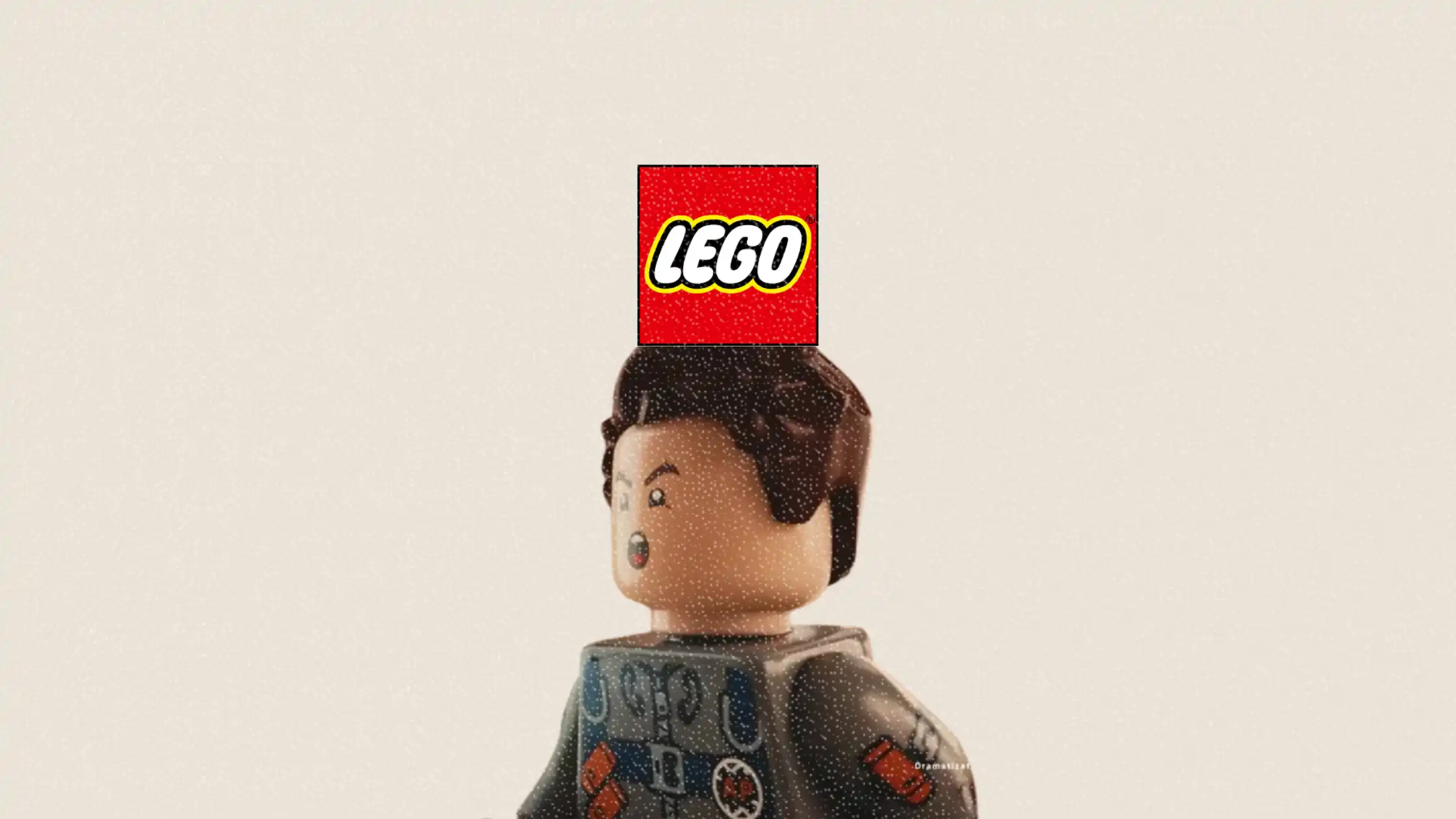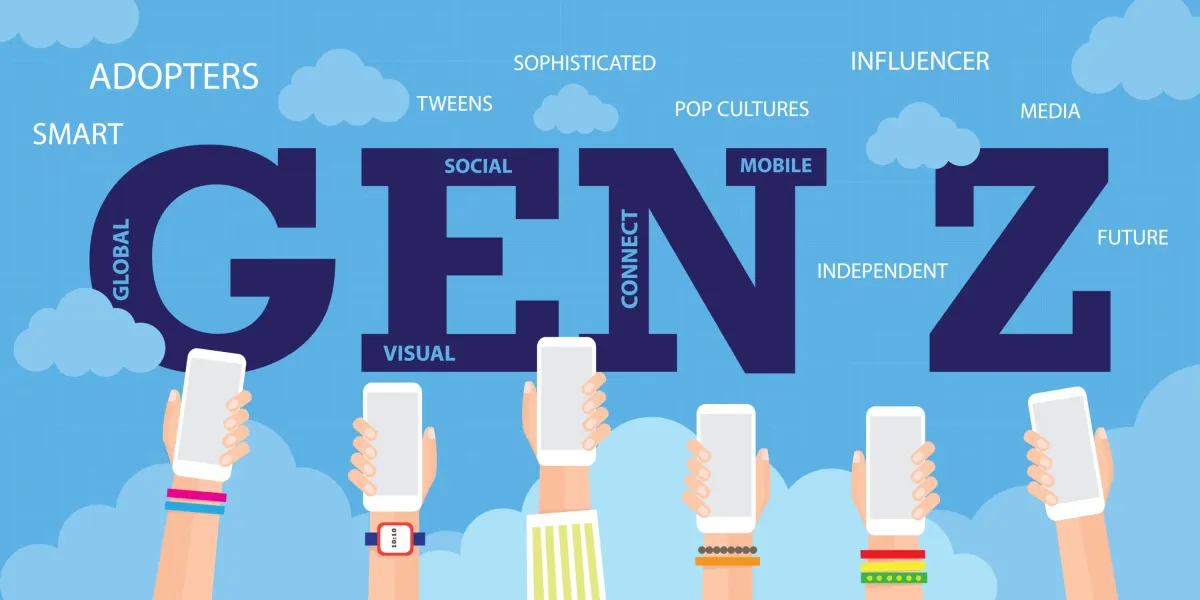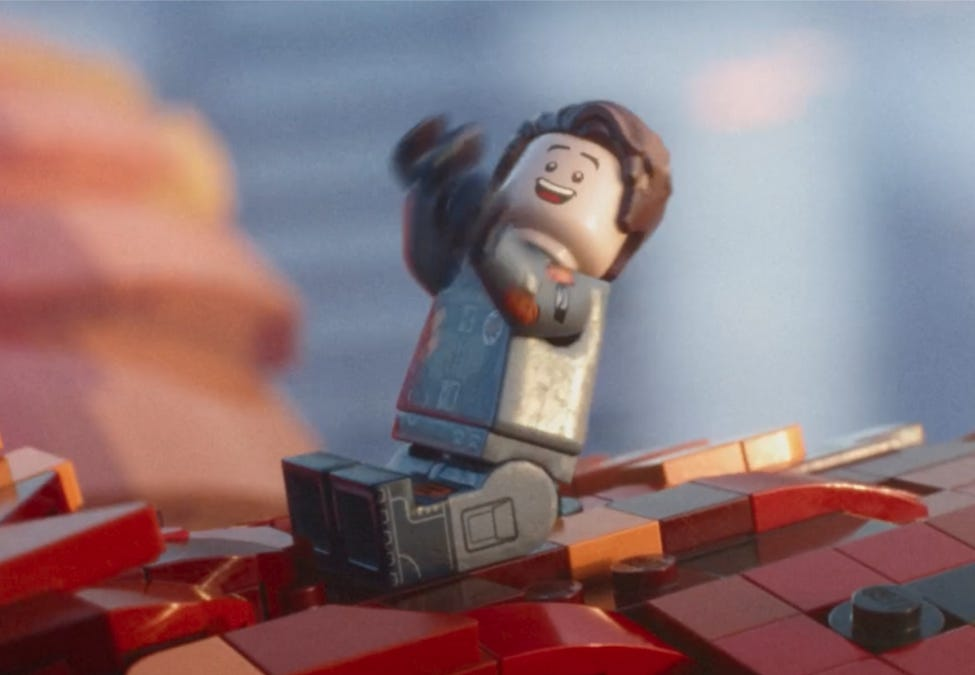LEGO enlists Tom Holland to reframe play as ageless
LEGO’s new film featuring Tom Holland makes a case for why adults should play more, not less

LEGO just dropped a new global campaign, and it’s not just about bricks. It’s about pushing back against the pressure to grow up, and Tom Holland is the one helping them do it.
In a new short film titled Never stop playing, the Spider-Man actor shapeshifts between characters in a cinematic tribute to the power of imagination. Whether playing a stern boss or a LEGO-suited botanist, Holland’s performances are connected by one recurring idea: that creativity shouldn’t end when childhood does.
This article explores the campaign’s message, execution, and what marketers can learn from LEGO’s evolving brand playbook.
Short on time?
Here’s a table of contents for quick access:
- What happened: LEGO’s new campaign, starring Tom Holland
- Strategic backdrop: the stigma of play and how it affects kids and adults
- Why it matters for marketers: play is becoming the next lifestyle category
- Tips for brand teams: storytelling moves from LEGO that you can apply

LEGO's new campaign, starring Tom Holland
The LEGO Group has released Never stop playing, a fast-paced short film fronted by Tom Holland as part of its annual “Rebuild the world” initiative. Backed by AC/DC’s High voltage, the film is a whirlwind of high-concept scenes where Holland transitions between a commander, entrepreneur, artist, and even a LEGO minifig come to life.
Each transformation is triggered by the actor clicking two LEGO bricks together, turning simple plastic blocks into moments of reinvention. The props are equally wild: rocket-powered shoes, sculpted dragons, oversized footballs, and a megaphone built from bricks. Cameos from Holland’s brothers, Sam and Harry, reinforce the campaign’s theme that play isn’t limited by age.

Directed by creative duo Los Pérez through Biscuit Filmworks, the film builds on LEGO’s past work with musicians, creators, and artists. Holland now joins a curated group of “Playmakers,” a global collective of creatives chosen for their ability to turn curiosity into impact.
Play is under pressure, and cities aren't helping
The LEGO Group’s latest campaign is backed by research that highlights a critical issue. According to LEGO-commissioned research that surveyed 20,000 parents and children across 10 countries:
- 33% of children believe adults do not consider their needs in urban planning
- 64% of city-dwelling kids say their cities lack fun or engaging places to play
- 44% want more spaces to play with friends
- 69% of parents feel their cities fail to provide safe and accessible play areas
The findings reveal a clear disconnect between how cities are built and what families actually need. One in five parents worry their children are growing up without access to outdoor fun. Others are cutting spending in other areas just to afford safe play spaces.
For LEGO, a company centered on creativity and community, these numbers represent both a problem and an opportunity. The brand is stepping in to show how play can make cities more inclusive, strengthen community bonds, and improve childhood development.
Play is becoming the next lifestyle category
LEGO’s campaign is doing more than building brand equity. It is repositioning play as something relevant and essential for all ages.
This message aligns with broader lifestyle and wellness shifts. Adult coloring books, LEGO botanical kits, and nostalgic game nights have surged in popularity. People are looking for ways to disconnect from stress and reconnect with joy. LEGO is tapping into this desire by framing play as a life skill, not a childhood phase.
Tom Holland’s casting is also strategic. His public persona bridges youth appeal with adult fandom, giving the campaign wide generational relevance. And with props from the film headed to LEGO House in Denmark this September, the brand is doubling down on experience marketing to extend the campaign’s lifespan.
What marketers should take away
Here are three takeaways marketers should consider from LEGO’s latest creative direction:
1. Segment by mindset, not age
LEGO is moving away from age-based targeting and toward universal human drivers like curiosity and joy. Marketers can apply this by identifying emotional motivators that cross generational lines instead of relying solely on demographic buckets.
2. Make your product a storytelling catalyst
In Never stop playing, each click of a LEGO brick drives a character transformation. That moment turns the product into more than a toy—it becomes the trigger for narrative. Consider how your brand can create similar moments that move the story forward and put the product in context.
3. Lead with insight, not just visuals
Backed by original research, LEGO is able to ground its whimsical storytelling in something serious. This blend of emotion and evidence makes the campaign feel both meaningful and strategic. Content marketers should consider embedding insights like this to make campaigns more compelling and credible.
LEGO’s latest campaign is more than nostalgic storytelling. It is a brand play rooted in cultural insight and executed with cinematic flair. By enlisting Tom Holland to embody the joy of play at every age, LEGO is showing that creativity is not just a trait to preserve in kids—it’s something worth reclaiming in adulthood too.
For marketers, it is a reminder that the best campaigns don’t just entertain. They reframe how we see the world, and show us how to reconnect with the parts of ourselves we may have left behind.




